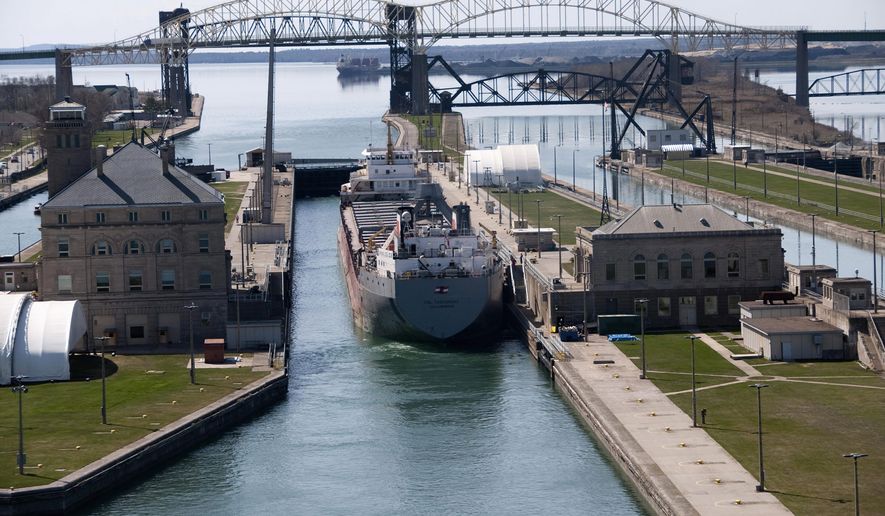OPINION:
When I came to Congress in January of 2017, I made the construction of a new lock in Sault Ste. Marie, Michigan, a top priority. Like many things in Washington, this goal didn’t come without its significant challenges and obstacles — politicians dating back to the 1980s have been promising to address this infrastructure need. Bureaucratic red tape coupled with political inaction had stalled this critical infrastructure and national security need for decades.
In the 21st century, our nation’s infrastructure needs vary greatly. From broadband deployment to the rehabilitation of our roads and bridges, our communities want to see infrastructure improvements that will impact their day-to-day lives. However, the Soo Locks, situated on the St. Mary’s River, are arguably the most significant, yet most vulnerable, infrastructure assets in the United States. A single point of failure in a multibillion-dollar supply chain, the Locks are not only an economic risk but a national security risk as well.
With over 80 million tons of cargo and nearly 100 percent of the nation’s iron ore annually traversing the 21-foot elevation change between Lake Huron and Lake Superior, an unexpected closure of the Poe Lock would plummet our nation into an economic recession.
In the almost three years since taking office, a new lock is becoming a reality, and much of that success is due to the hard work and coordination between the House, the Senate and the Administration. When President Trump came to Michigan in April of 2018 for a rally, I had the opportunity, along with Reps. John Moolenaar and Paul Mitchell, to ride in “the Beast” for the 30-minute drive between Selfridge Air National Guard Base and the rally location. During that time, we were able to convey to President Trump the importance of building a new 1,000-foot lock at the Soo Locks complex. He took notes, he listened, and in the next hour he would make headlines throughout the state of Michigan and the country. For the first time in 30 years, a president of the United States vowed his support to build a new lock. In a way that only the president could, Mr. Trump stated, “The Soo Locks are going to hell. We’re gonna get them fixed up.” This was a momentous occasion for our state, and the momentum has only grown since this point.
Following a letter led by myself and signed by 30 of my colleagues, the President’s Budget included $75.3 million for the beginning work of building a new lock. We’ve again requested funds for the lock project be included in the FY2021 budget. Our incredible partners at the U.S. Army Corps of Engineers have begun the initial stages of design, and the upstream channel deepening portion of the project is in the works.
This summer, I also boarded the freighter M/V Roger Blough in Duluth, Minnesota, and enjoyed the journey across Lake Superior to the Soo Locks with my friend and colleague Rep. Pete Stauber. This opportunity allowed us to experience firsthand the work accomplished by the freighter crews, to garner a new perspective of the Great Lakes shipping industry and further grasp the gravity of the situation if the Soo Locks were to fail.
What was once described to me as a pipe dream is now becoming a reality. While there’s a lot left to accomplish before we take a victory lap or celebrate the completion of this project, this unprecedented progress is a great investment in our nation’s critical infrastructure.
• Rep. John “Jack” Bergman, Michigan Republican, served in the U.S. Marine Corps for 40 years, retiring with the rank of Lieutenant General. He is a member of the House Armed Services Committee and the House Veterans’ Affairs Committee.




Please read our comment policy before commenting.